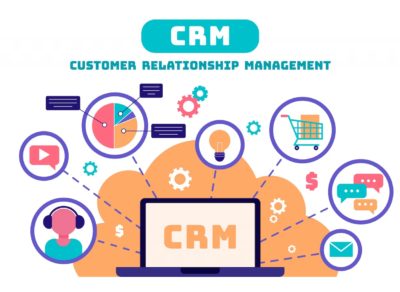
Steps to determine your organization need a new banking platform
Most traditional banks recognize the need to move more quickly, and many have increased the pace of innovation and delivery by bringing in new talent, technologies, and ways of working. However, banks are typically hampered by legacy back-end core technology systems.
These monoliths, which are hardwired to handle all technological business needs, are mostly stable and capable of processing transactions quickly, but they can be rigid and slow to change.
However, it is essential to review the system and new market development trends. The outstanding development of technology platforms in recent years has created favorable development conditions for banks at the forefront of the trend.
In this post, SmartOSC Fintech will show you steps to determine if your organization needs a new banking platform.
Steps to determine your organization needs a new banking platform

1.Determining the transition from closed systems to ecosystems
The banking industry is transitioning away from closed systems, in which each bank handles all of the work of directly providing services to its customers, and toward a model of operating as part of a larger ecosystem.
Market participants use the ecosystem approach to make their products and services available through other providers’ channels while offering third-party offerings through their own channels. Of course, this open-architecture approach is predicated on banks’ ability to make discrete components of their core systems available to other systems and to use the components of other core systems.
Smartosc solutions : BACKBASE DIGITAL BANKING, BUY NOW PAY LATER, LOS, CDP, EKYC, DIGITAL ONBOARDING
2.Consider from one size fits all to customized offerings
Until recently, banks expected their customers to select from a limited number of basic retail and business products. Customers in retail and corporate banking, however, are increasingly valuing banks’ ability to personalize by making minor changes or offering new products.
3.Aspect from perimeter security to a security model based on zero trust
Most banks continue to rely on perimeter security, which includes firewalls, proxy servers, and other intrusion prevention tools, to protect entry and exit points. Leading banks are shifting to a zero-trust model based on the tenet “Never trust, always verify.”
This model necessitates data encryption in transit and at rest, multifactor authentication, access monitoring, and features like tokenized data. These are difficult to achieve in traditional architectures, necessitating specialized knowledge to arrive at a comprehensive solution.
4.Element batch data to real-time data
Rather than waiting for information to be pulled in predetermined batches, data and decisions are moving to real-time or on-demand. Customers’ and relationship managers’ experiences are being significantly improved by real-time data ingestion and automatic updates of modular components (for example, asset value reporting and analytics).
5.From reporting to advanced analytics
Banks are beginning to extract greater value from one of their most valuable assets: proprietary data. Intelligent and personalized requirements discovery, product selection, portfolio analysis, and service delivery are all becoming more common.
In one instance, a fintech’s data-driven personalized customer engagement is embedded in a bank’s mobile app, offering customers recommendations based on their transactions.
Conclusion
Banks today desperately need a new core platform, but developing one is time-consuming and costly. To solve the strategic conundrum, banks should first consider the key points listed here in order to gain an overview of changing needs and make decisions about the new banking platform.
If you need more information about technology solutions, check out our other articles or contact SmartOSC Fintech for direct advice.


